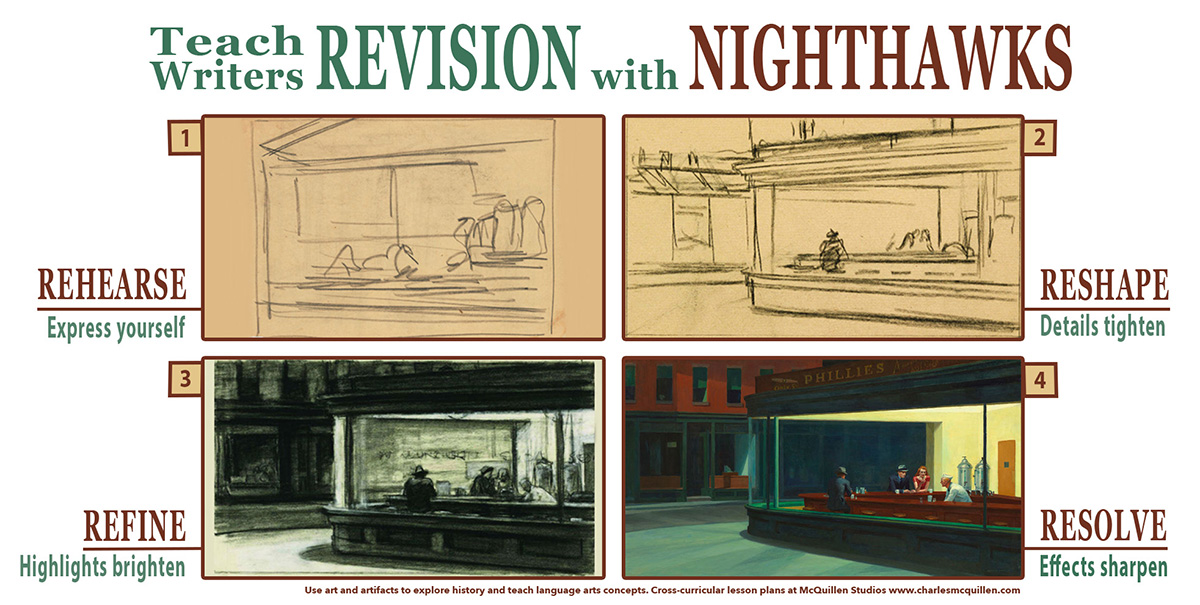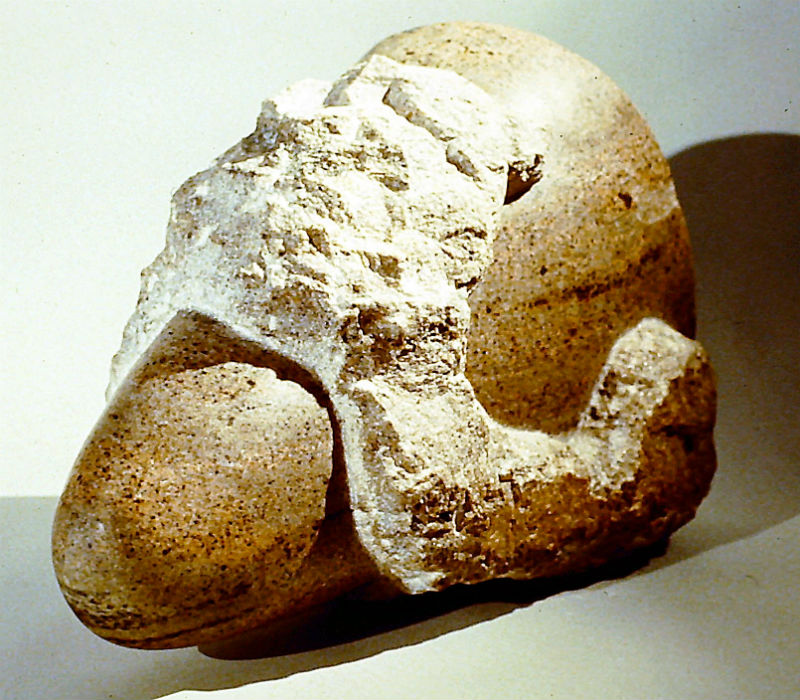So I am here, now what?
This annotated site menu will help you find the art, lessons, and games that will interest you most. Leave comments on what you like and we will continue to build in that direction.
Student Resources
Do You Know? games explore an artist’s portfolio in chronological order. Students are encouraged to follow their interests with a series of features including quote me, fun facts, look close, and literature links.
The “Puzzled by…” series unpacks iconic works of art piece by piece and encourages students to follow their interests as they explore an artist’s inspirations and intentions.
Game Reviews take an expansive view of an iconic work of art in a friendly, team-building competition.
“That’s Not Mine Tic-Tac-Toe” games compare and contrast the works of like-minded artists.
“Art Talk” games build vocabulary and explore foundational concepts that help them look deeper and discuss works of art.
Artists Match Games build visual skills as students organize art by distinguishing traits.
Look and Learn gallery walks build on students’ interests as they explore the times and traditions that shaped a work of art.
Teacher Resources
 Cross-Curricular Connect offers concise art appreciation lesson plans for the ELA and social studies classroom. Lesson plans use guided discussions to unpack key visual element in a landmark work of art, touching on art history, art criticism, art making, and life lessons. Even the art making process is classroom friendly, emphasizing artistic thinking and discussion over the manipulation of a specific medium.
Cross-Curricular Connect offers concise art appreciation lesson plans for the ELA and social studies classroom. Lesson plans use guided discussions to unpack key visual element in a landmark work of art, touching on art history, art criticism, art making, and life lessons. Even the art making process is classroom friendly, emphasizing artistic thinking and discussion over the manipulation of a specific medium.
Inquiry Studies use works of art to build background knowledge, engage empathy, and spark wonderings. Students then engage in authentic research with online primary source documents to answer their wonderings. At their best, inquiry studies help students decide where they stand on issues that shape society—then and now.
Teach Writers offers targeted writing lessons that use mentor art to inspire, teach, and refine student writing. Drag-and-drop jpgs can be used to create customizable handouts.
Instructional Frameworks considers ways to adapt popular literacy practices and frameworks to advance art appreciation and imaginative learning across the curriculum.
Close Reading the Art of… lesson plans involve student in close reading a few works of art from a contemporary artist. Students analyze individual works of art, engage in small-group conversations, read reviews, and explore larger issues that may inform their own art appreciation and art making.
Medium a Month showcases how different artists use a common material to create unique works of art that draw out a medium’s inherent characteristics.
Forensic Friday are 16 crime scene paintings by Dr. Eleanor McQuillen, the former Chief Medical Examiner for the State of Vermont. (The title Forensic Friday comes from the posting of individual paintings on consecutive Fridays.) Dr. Eleanor McQuillen is also my mother and she regularly shared her cases as a way to impart life lessons on her family. These paintings extend that inclination. Take a detective’s perspective and use three simple questions to frame class discussions around these paintings; What is going on in this picture? What do you see that makes you say that? What more can we find?
The Artistic Thinking Bookshelf offers reviews of books and videos that explore imagination, creativity, and innovation with an eye towards applying their lessons in the classroom.
McQ Gallery offers a chronological overview of the art in the 16 galleries. Click on an image to see other related art or additional views.
The 16 galleries that follow offer a more in-depth view of individual pieces including background information, reviews, news accounts, reflections, and teaching opportunities. Many of the teaching opportunities build on the expanding conversation framework described in Guiding Principles.
 The Sculptures and Carvings galleries reflect my earliest work. While the work in each gallery is varied and experimental, they show how the seeds of a sensibility took root.
The Sculptures and Carvings galleries reflect my earliest work. While the work in each gallery is varied and experimental, they show how the seeds of a sensibility took root.
The Installations galleries exhibit site-specific environmental installations. Because many of these galleries focus on individual pieces with direct links to science topics (habitat destruction, species displacement, acid rain, environmental stewardship) and social studies topics (land use, political discourse, resource allocation), these installations support cross-curricular connections.
The Photographs galleries show how a sensibility that grew out of direct stone carving can be equally at home in a digital platform.
The Advocacy tab offers background information and talking points to advance the arts education flag.
